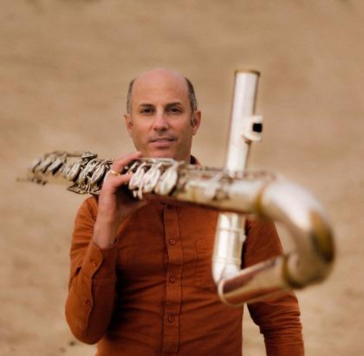To bridge the gap between design practice and academic design research, no off the shelf methods exist for practitioners to contribute to the body of literature. Practitioners face epistemological challenges that disable generalizing their expertise. Dewey’s pragmatism recasts these challenges empowers practitioners to conduct design research trough experimentation and reflection on outcomes. A methodology, based on Dewey's inquiry, is presented and tested, demonstrating it offers rigor for practitioners to contribute to the academic debate. At the same time the method somewhat lacked the volatility practice demands, requiring adaptation.
LINK
This article examines the organisation of collaborative digital methods and data projects in the context of engaged research-led teaching in the humanities. Drawing on interviews, field notes, projects and practices from across eight research groups associated with the Public Data Lab (publicdatalab.org), it provides considerations for those interested in undertaking such projects, organised around four areas: composing (1) problems and questions; (2) collectives of inquiry; (3) learning devices and infrastructures; and (4) vernacular, boundary and experimental outputs.Informed by constructivist approaches to learning and pragmatist approaches to collective inquiry, these considerations aim to support teaching and learning through digital projects which surface and reflect on the questions, problems, formats, data, methods, materials and means through which they are produced.
MULTIFILE

The Best Practice Unit (BPU) model constitutes a unique form of practice-based research. A variant of the Community of Practice model developed by Wenger, McDermott and Snyder (2002), the BPU has the specific aim of improving professional practice by combining innovation and research. The model is used as a way of working by a group of professionals, researchers and other relevant individuals, who over a period of one to two years, work together towards a desired improvement. The model is characterized by interaction between individual and collective learning processes, the development of new or improved working methods, and the implementation of these methods in daily practice. Multiple knowledge resources are used, including experiential knowledge, professional knowledge and scientific knowledge. The research serves diverse purposes: articulating tacit knowledge, documenting learning and innovation processes, systematically describing the working methods that have been revealed or developed, and evaluating the efficacy of the new methods. Each BPU is supported by a facilitator, whose main task is to optimize learning processes. An analysis of ten different BPUs in different professional fields shows that this is a successful model. The article describes the methodology and results of this study.

Students in Higher Music Education (HME) are not facilitated to develop both their artistic and academic musical competences. Conservatoires (professional education, or ‘HBO’) traditionally foster the development of musical craftsmanship, while university musicology departments (academic education, or ‘WO’) promote broader perspectives on music’s place in society. All the while, music professionals are increasingly required to combine musical and scholarly knowledge. Indeed, musicianship is more than performance, and musicology more than reflection—a robust musical practice requires people who are versed in both domains. It’s time our education mirrors this blended profession. This proposal entails collaborative projects between a conservatory and a university in two cities where musical performance and musicology equally thrive: Amsterdam (Conservatory and University of Amsterdam) and Utrecht (HKU Utrechts Conservatorium and Utrecht University). Each project will pilot a joint program of study, combining existing modules with newly developed ones. The feasibility of joint degrees will be explored: a combined bachelor’s degree in Amsterdam; and a combined master’s degree in Utrecht. The full innovation process will be translated to a transferable infrastructural model. For 125 students it will fuse praxis-based musical knowledge and skills, practice-led research and academic training. Beyond this, the partners will also use the Comenius funds as a springboard for collaboration between the two cities to enrich their respective BA and MA programs. In the end, the programme will diversify the educational possibilities for students of music in the Netherlands, and thereby increase their professional opportunities in today’s job market.
